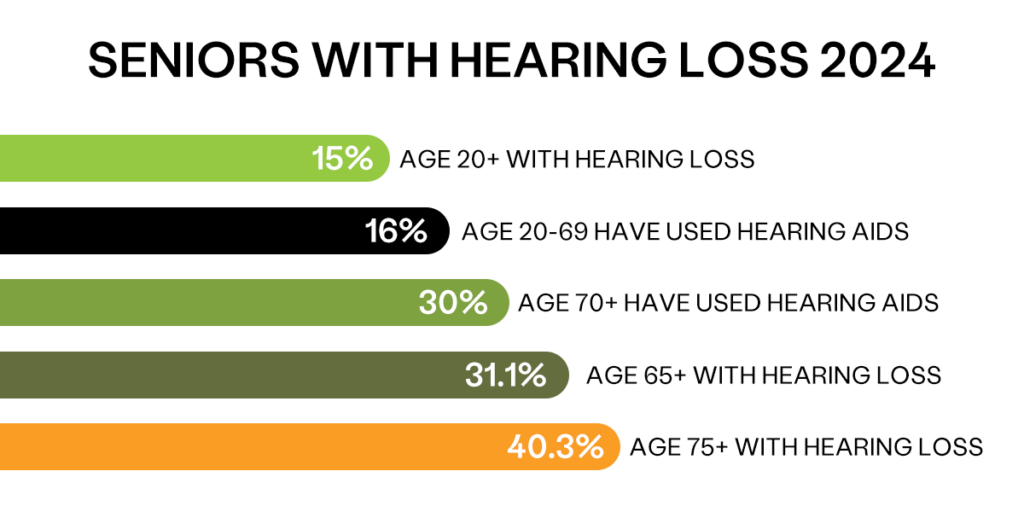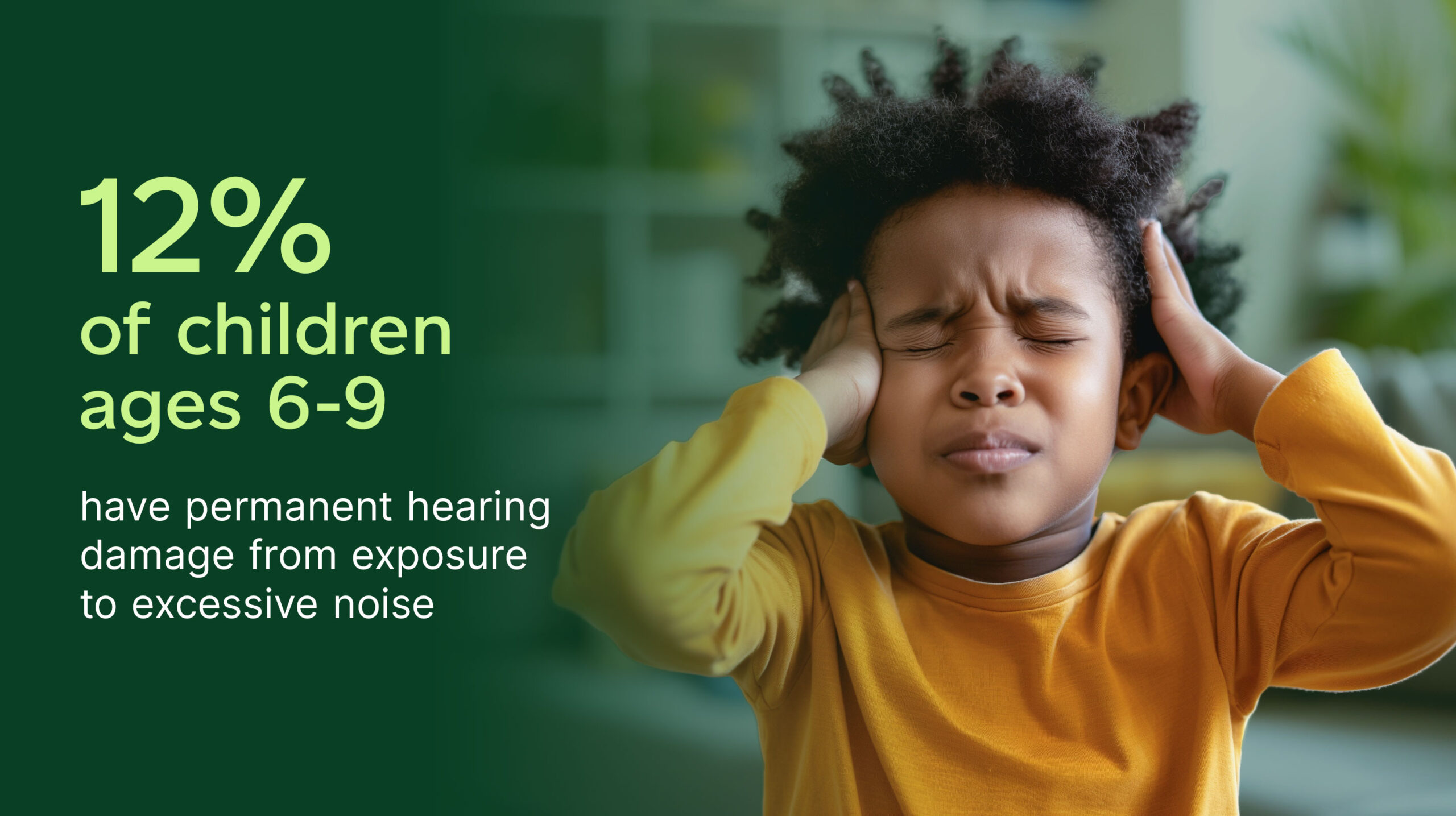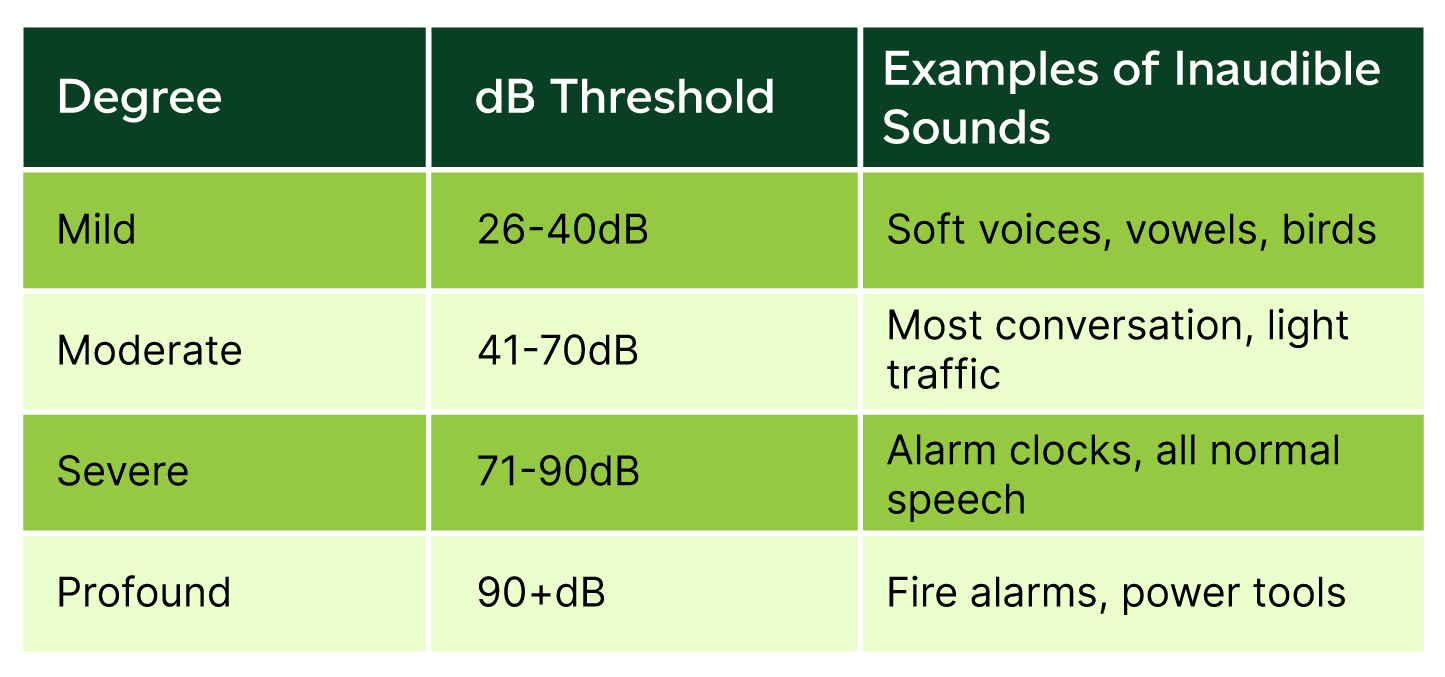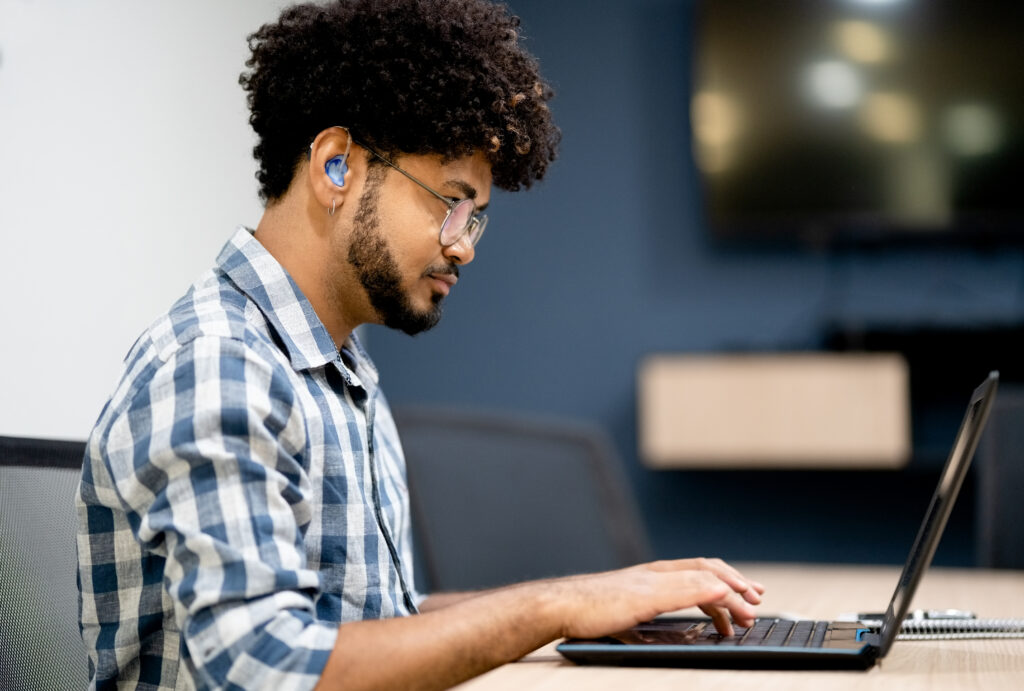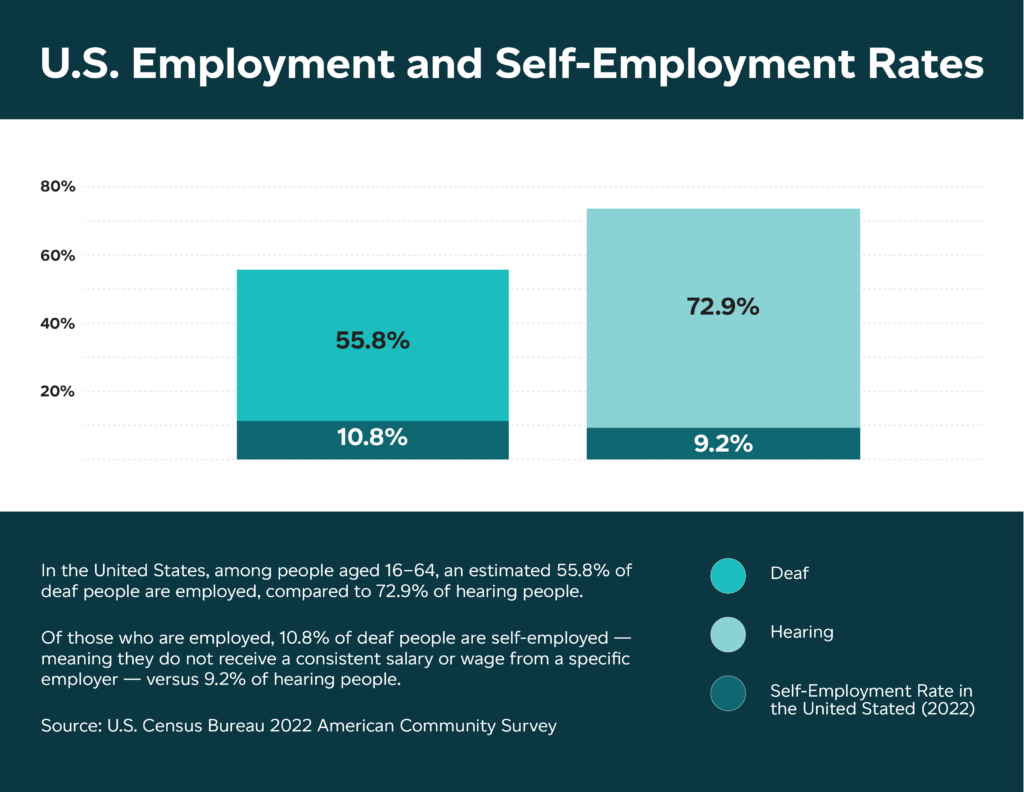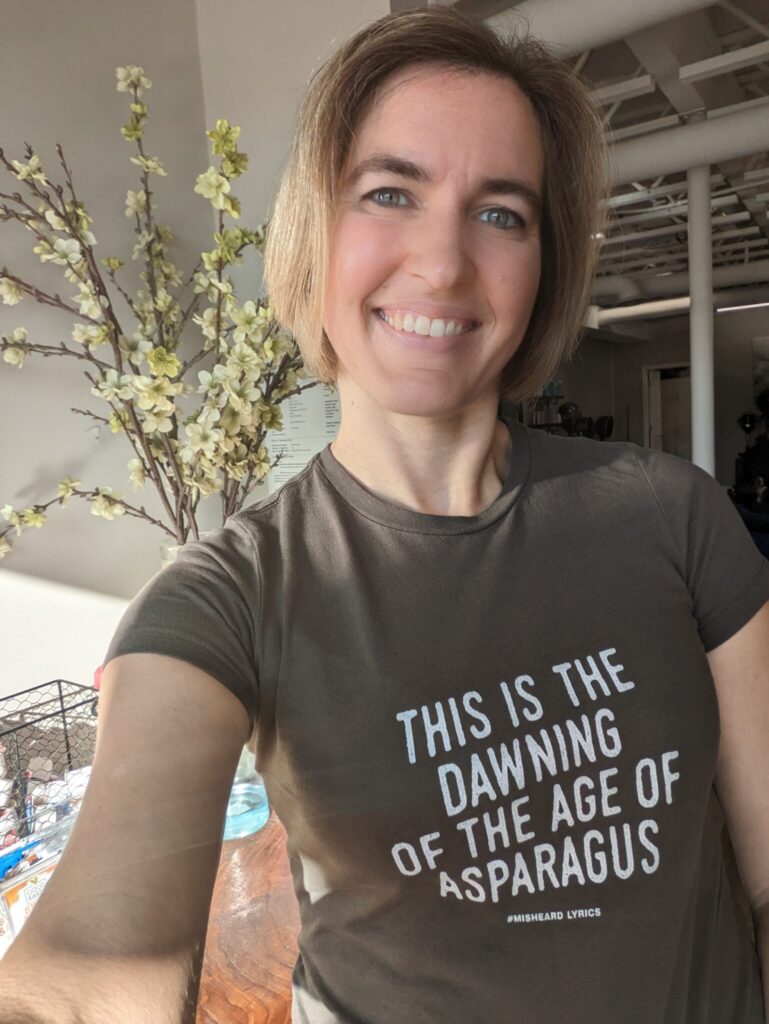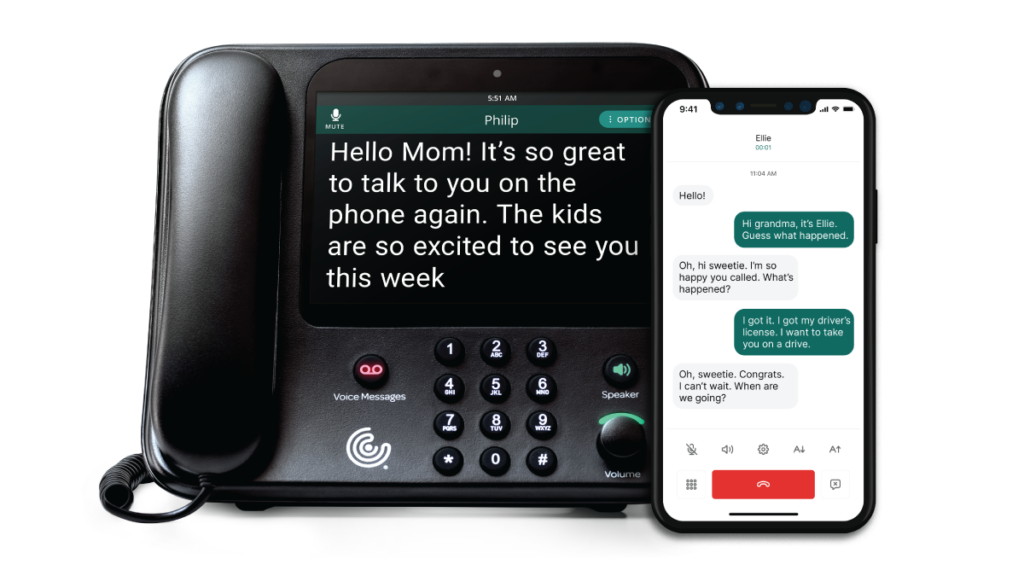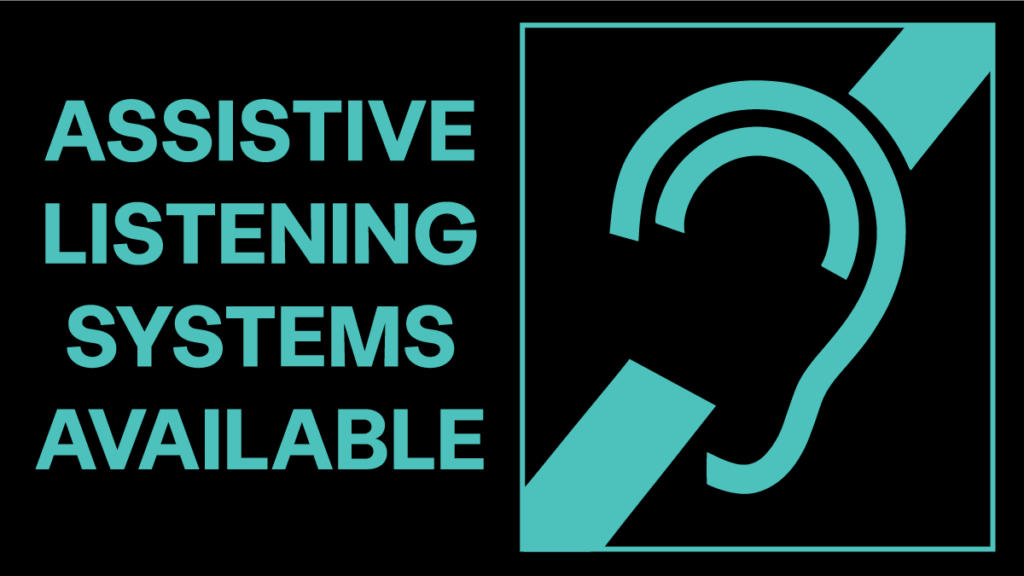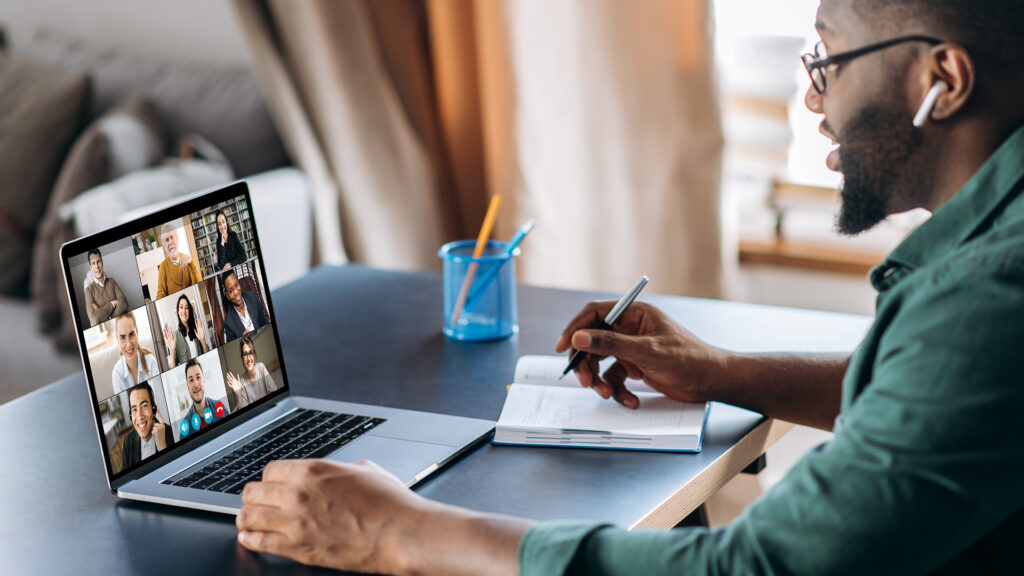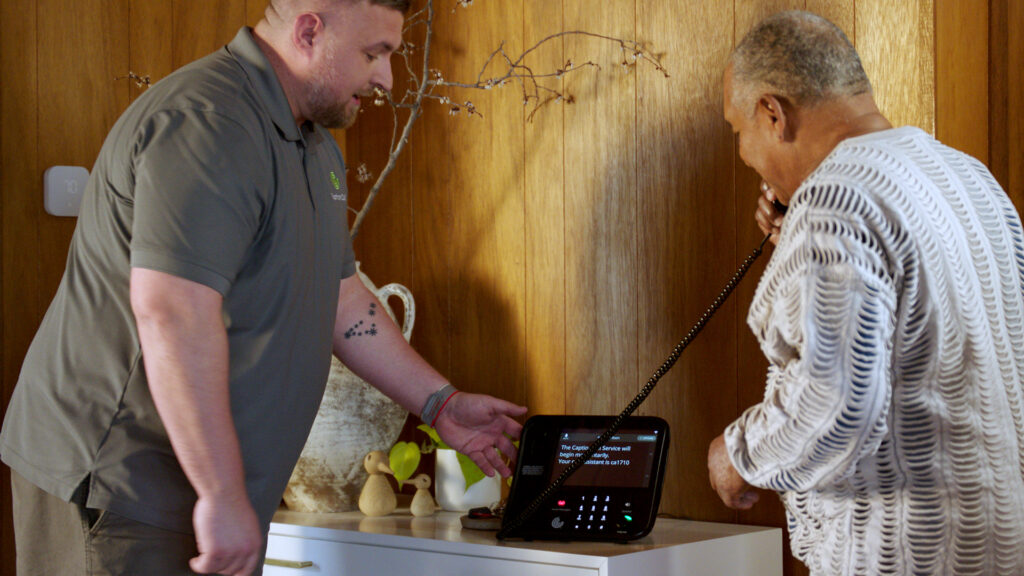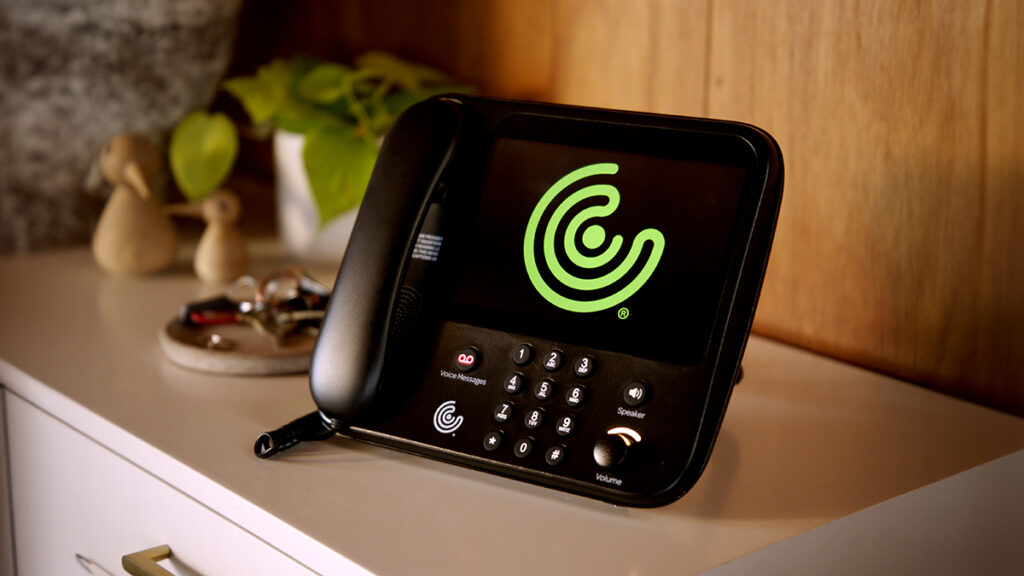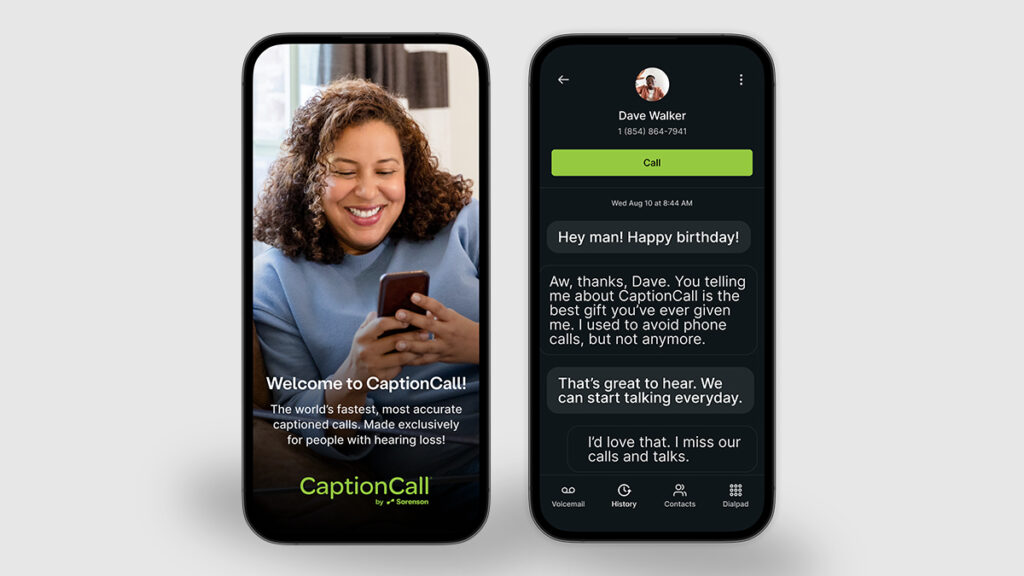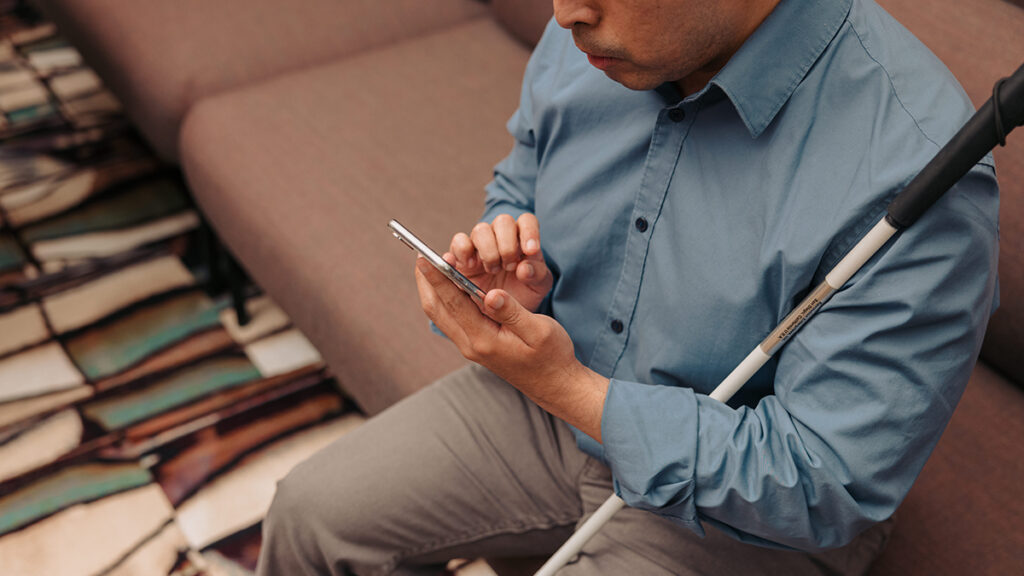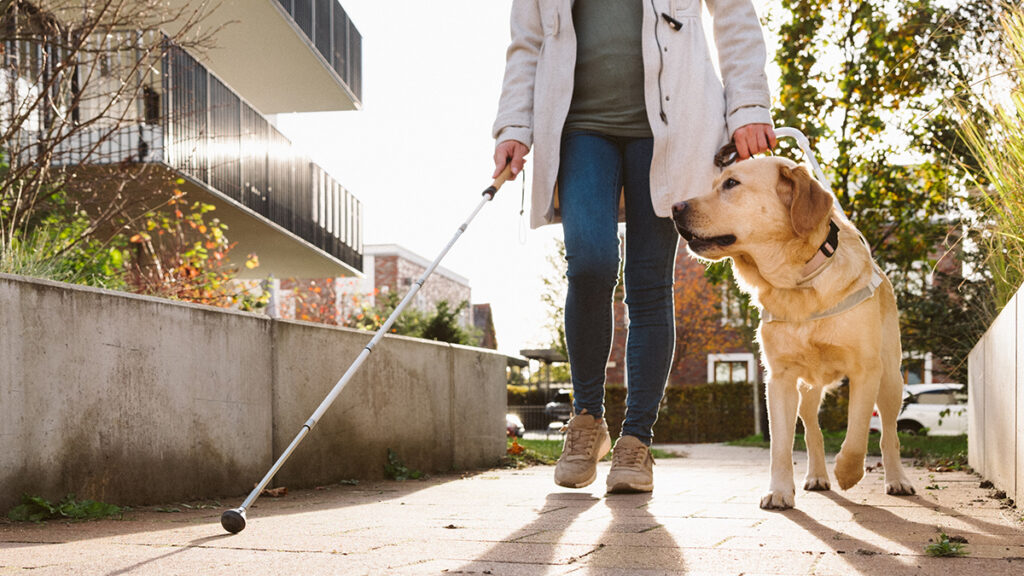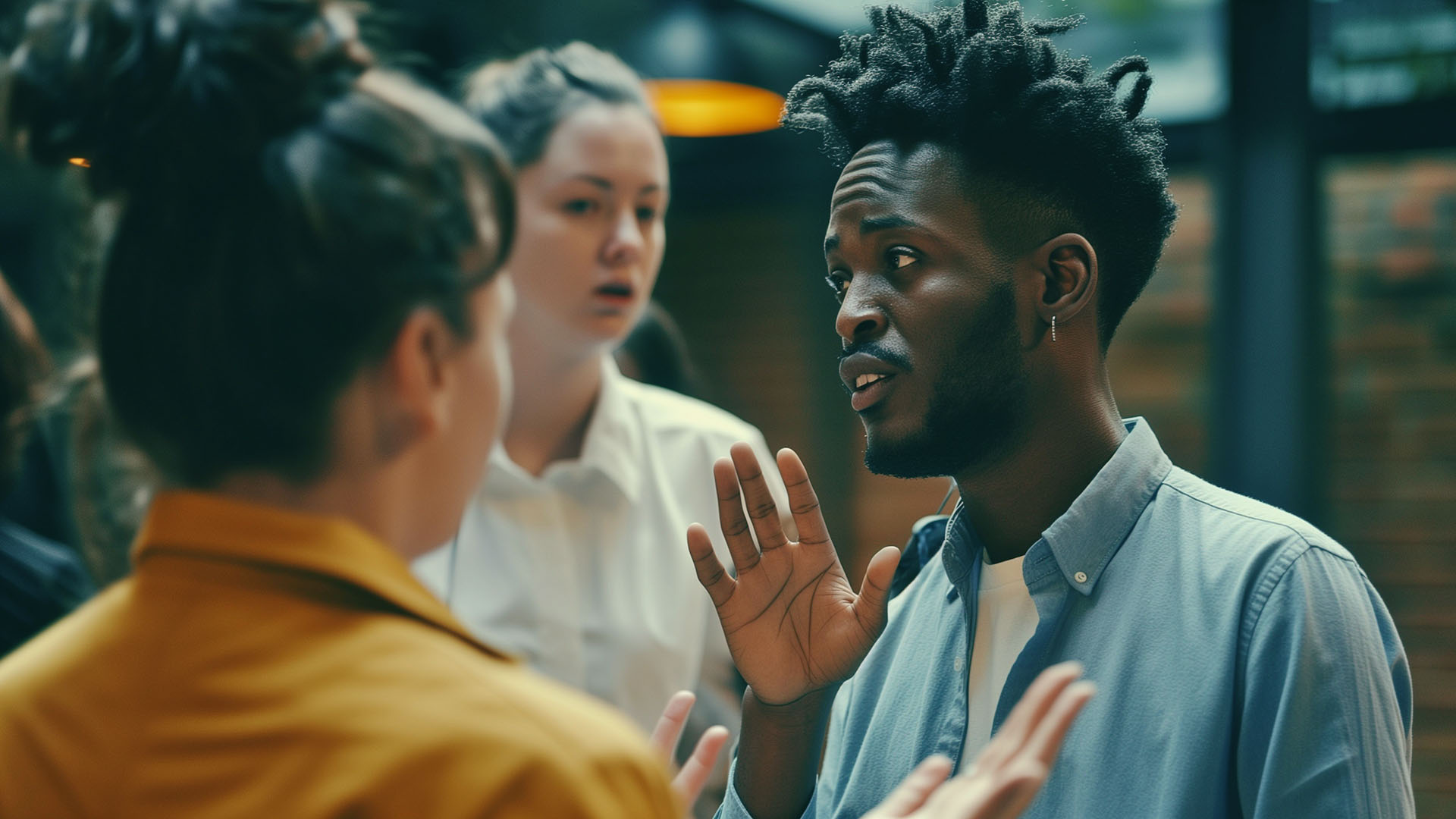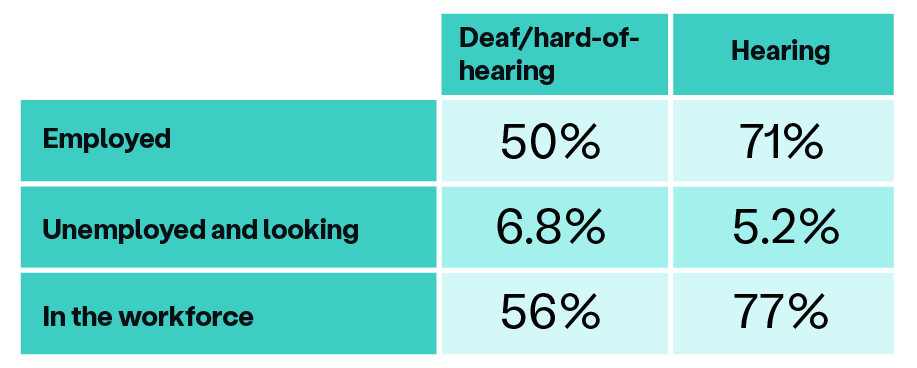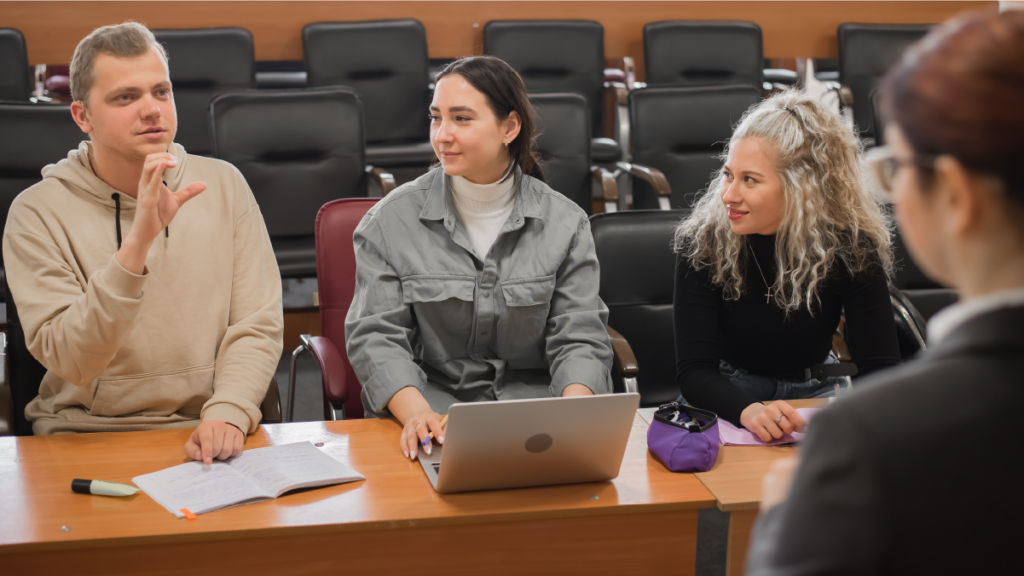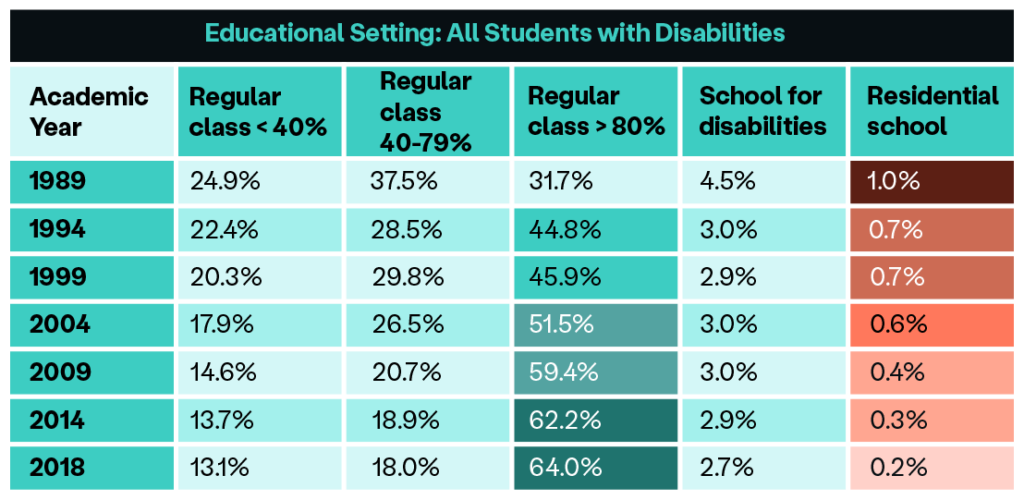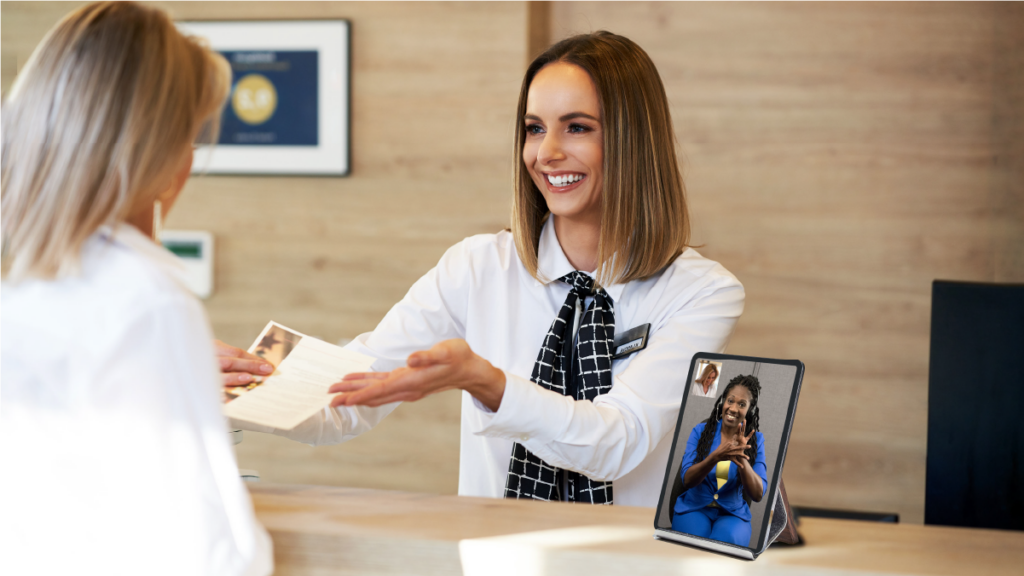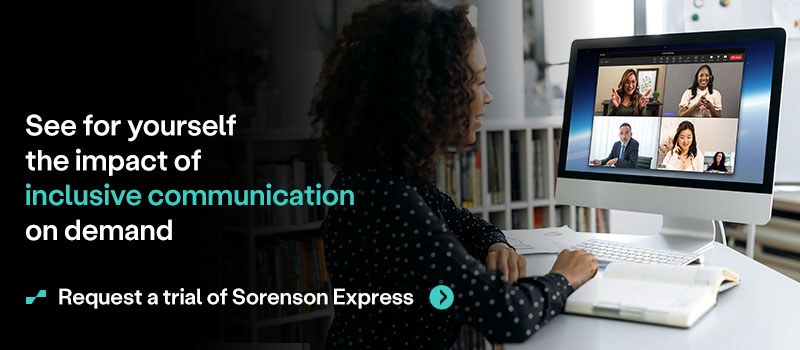
The love of sports transcends cultures and countries. Chances are you know a sports fanatic, or you are one yourself. The collective experience of enjoying a sporting event is palpable, and we revel in the athletic competition and the spectacle.
However, the universal love of sports doesn’t equate to universal design. Attending and enjoying sporting events comes with challenges for diverse sports lovers. Take, for instance, deaf and hard-of-hearing communities and multilingual audiences where language barriers blunt the full joy of watching sports, leading to an exclusive environment rather than an inclusive one.
Given the incredible diversity that sporting events attract, providing accessibility in sports can create the ultimate inclusive experience for sports fans, increasing the potential for audience expansion and attendance.
We’ll look at the benefits of inclusivity in sports, both for fans and the sports industry, and address:
- The revenue potential for improved accessibility at sporting events
- The current accessibility gaps in sports
- The benefits of making sporting events more accessible
The goal of language accessibility for sports and sports entertainment is to increase business and boost the enjoyment of these events for the global audience. The ability to fully enjoy the spectacle that plays out before us amps up the thrill and energy of the experience.
Current state of language accessibility in sports
It’s been more than 40 years since the first closed captioning during a live sports event on New Year’s Day 1981, when the Georgia Bulldogs and Notre Dame played at the New Orleans Superdome. Yet even today, accessibility for diverse sports audiences remains a novelty — exciting and well-received — rather than the standard.
- Deaf rappers Sean Forbes and Warren Snipe made history at the 2022 Super Bowl as the first deaf halftime show performers in the game’s history.
- In 2023, Justina Miles, a hard-of-hearing American Sign Language (ASL) performer, gained positive attention after her ASL performance for Rihanna’s Super Bowl halftime show.
However, the world’s largest international sporting events offer a glimpse at the inclusivity that’s possible with language accessibility:
At FIFA World Cup 2022 in Qatar, most of the one million attendees came from Saudi Arabia, India, U.S., UK, and Mexico. However, translation services for sports fans from around the world meant volunteers didn’t need to speak multiple languages, and broadcasters could provide commentary in multiple languages through real-time translation services. The use of translation technology and real-time interpreting and translation services achieved the goal of making the game accessible and enjoyable for diverse fans.
For the 2024 Olympic Games, athletes from more than 200 countries competed in Paris with an estimated three billion people watching from around the world. Organizers translated all signage and provided live interpreting at the Games as well as captions and/or subtitles for broadcasts.
Sports viewership
An undeniable aspect of language accessibility for these events is demand. Global sporting events attract billions of fans around the world. Here’s a brief rundown of the number of viewers or attendees for international competitions :
- 2022 FIFA World Cup: 1.5 billion
- 2023 Tour de France: 42.5 million French viewers
- 2023 Women’s World Cup: 2 billion (a record)
- 2020 Tokyo Summer Olympics: 3 billion
- 2022 Beijing Winter Olympics: 2 billion
Improved technology has both increased sports viewership through real-time availability and contributed to making sports more accessible for the diverse audiences watching around the world.
Language accessibility at U.S. sporting events
Though more sports venues have become proactive in integrating accessibility for Deaf and hard-of-hearing live sports attendees, a national ESPN study shows that organizations have lots of room for improvement to accommodate sports fans with “invisible” disabilities (which includes Deaf and hard-of-hearing individuals) who come to the games expecting a thrilling and seamless experience.
ESPN conducted a survey of 136 sports teams (NFL, NBA, WNBA, MLB and NHL) and received responses from 120 teams. The top concerns of fans with invisible disabilities in this study include:
- Dedicated accessible entrances
- Drop-off zones
- Elevator access
- Printed menus
- Training for stadium staff
Less than half of the teams said they provide dedicated entrances for people with disabilities. About the same number said they provide printed menus that customers can point to.
That’s not to say that venues aren’t moving the needle at all on accessibility. Many upgrades that improve the experience for fans with disabilities are part of innovations that benefit everyone at the event.
Smart stadiums elevating accessibility in sports
Take “smart stadiums” for example. This digital age innovation emphasizes connectivity with 5G and Wi-fi and optimizes fan engagement through assistive tools and beacon technology. With ticketing, concession sales, and seat assistance right on their mobile devices, language barriers pose less of a hurdle for fans to navigate their game day experience.
Smart stadiums are not explicitly for the benefit of sports attendees with disabilities, and many of the intelligent features are beneficial for fans and stadium staff alike:
- Faster and more personalized purchases
- Responsive to changes throughout the stadium grounds (parking, concession stands, weather)
- Monitor bathroom traffic
- Wi-fi availability
- Mobile app that enables attendees to interact personally with stadium staff
- Ability to enjoy the game wherever fans are
These, and other features, improve profitability and the fan experience by saving time and boosting sales.
Additionally, reliable connectivity throughout the venue enables fans to use internet-based assistive technology like speech-to-text captioning and translation apps or on-demand interpreting services.
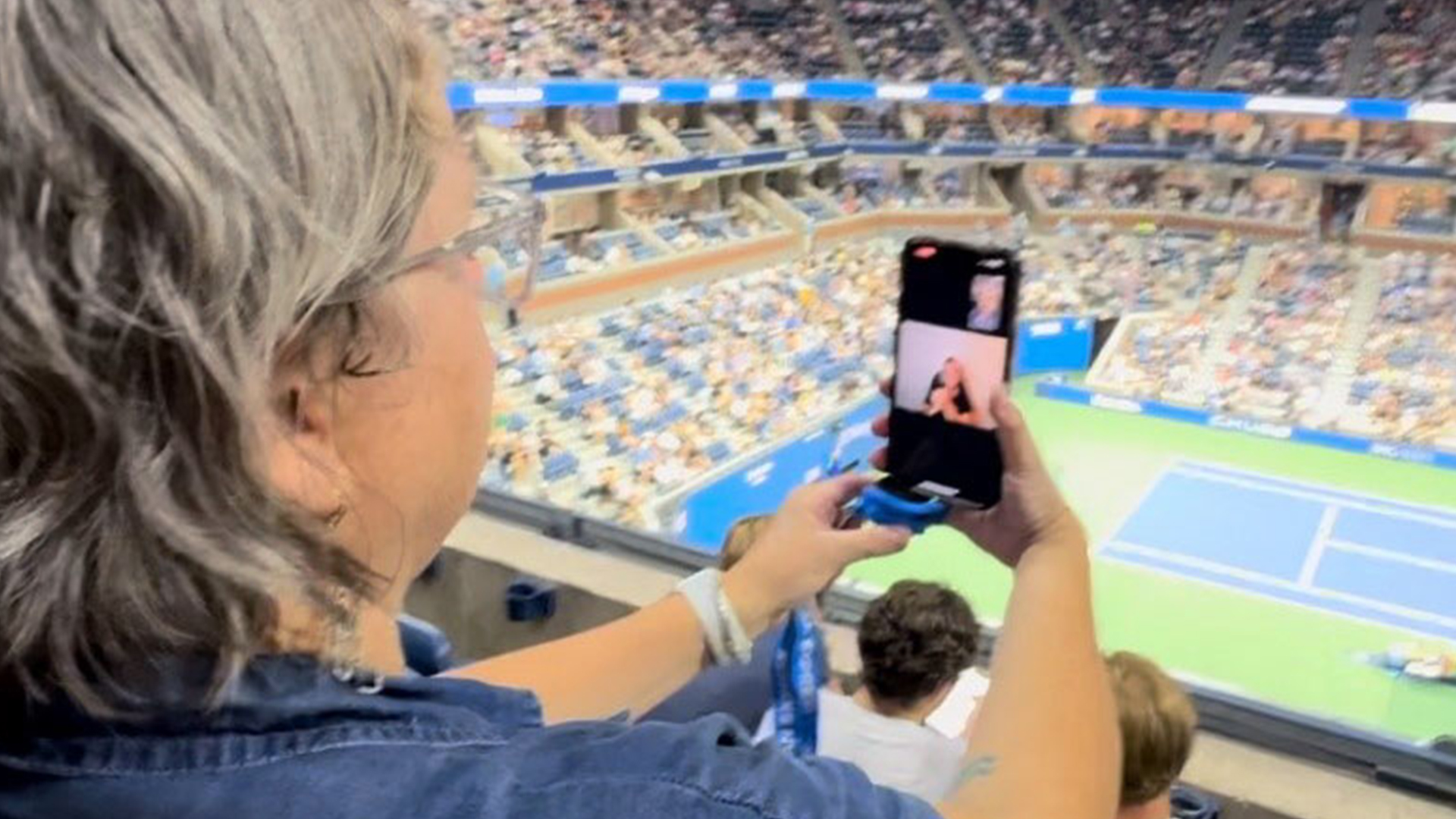
Accessibility for Deaf and hard-of-hearing individuals
Wider availability of tools like sign language interpreting, closed captioning, and assistive listening devices (ALDs) at some sports arenas are a big step in improving information and language access for Deaf and hard-of-hearing individuals attending sports events. They are improving language accessibility for Deaf and hard-of-hearing attendees with sign language interpreting, closed captioning, assistive listening devices (ALDs), and upgrading their sports venues to “smart stadiums.” Smart stadiums optimize fan engagement through assistive tools, 5G and Wi-fi connectivity, and beacon technology.
Slowly but surely, these kinds of considerations for deaf fans are permeating major league sports. Just this year, the National Hockey League debuted “NHL in ASL” for the Stanley Cup Finals, a broadcast of the games with complete commentary in ASL with Deaf broadcasters for Deaf and hard-of-hearing fans watching at home. The broadcast also includes visual features to depict fan noise at the game so viewers can see when the crowd goes wild.
Experts expect the rate of hearing loss to double by the year 2060. With the average age of a baseball fan being 57, stadiums ought to take heed of these changing demographics and lean into accessibility for a growing demographic.
Multilingual accessibility
Multilingual accessibility in sports is a complex issue: while linguistically diverse fans don’t have the same legal protections that people with disabilities do to compel the sports industry to adapt, they have something else in their favor: numbers. The U.S. Census Bureau’s 2023 American Community Survey reports more than 22% of people living in the U.S. speak a language other than English.
And it’s not only fans bringing linguistic diversity to sports. Twenty eight percent (28%) of MLB players are non-U.S. born. Most of those players are from the Dominican Republic, followed by Venezuela, Cuba, Puerto Rico, and Mexico.
In 2015, Major League Baseball (MLB) instituted a rule requiring each of its 30 teams to have at least two full-time Spanish-language interpreters.
The Los Angeles Dodgers go a step further to cater to its Hispanic fans with a Spanish version of its website and broadcasts of its games in Spanish (live radio and TV).
Major sporting events (Super Bowl, World Series), global competitions (Olympics, FIFA World Cup), and US sports venues (MetLife, Levi’s) offer on-site multilingual interpreting services. The international diversity of players and fans obliges stadiums to adopt these inclusive language practices.
Examples of venues offering language accessibility in sports
Several major sports arenas in the U.S. provide accessibility services for Deaf, hard-of-hearing, and multilingual fans. Here are some successful examples of language accessibility in sports.
Mercedes-Benz Stadium
This Atlanta, GA stadium provides:
- Assistive listening devices
- Closed captioning handheld devices you can check out from guest services. Closed captioning is viewable on all boards within the stadium
- Obtain accessible seats by contacting Ticketmaster
Madison Square Garden
This New York stadium provides comprehensive accessibility services:
- Assistive listening devices
- Open and closed captions
For hockey and basketball games, open and closed captions are available on a ribbon board for sports commentary.
What’s the difference between open captions and closed captions?
Open captions are burned into the video and are always visible. They cannot be turned off. You can turn closed captions on or off.
Sign language interpreting or closed captions are available for other sports events for fans who request them with two weeks’ notice.
Crypto.com Arena
Formerly the Staples Center, this Los Angeles stadium follows ADA mandates for effective communication:
AT&T Stadium
This Arlington, TX, sports venue provides:
- Assistive listening devices
- Handheld captioning devices that provide real-time captions for all public announcements
- Choose English or Spanish as your preferred language for audio
- Sign language interpreters available for select concerts with 30 days’ advance notice.
- Casino.com recognizes AT&T Stadium as the country's most accessible sports stadium.
Fenway Park
Home to the Boston Red Sox, this historic ballpark offers:
Benefits of language accessibility in sports
Although accessibility planning is not part of every sports venue’s operations, there are benefits to making accessibility in sports standard for diverse attendees:
- Higher attendance: Accessibility features help stadiums attract a broader audience. When Deaf, hard-of-hearing, and multilingual fans come away with a positive experience, they help spread the word about the thrilling experience they had at a game, which gets more people interested.
- Greater participation: Accessibility can boost fan excitement during live games and help everyone cheer and celebrate game wins and boo the losses together. Ever see “the wave” at sports events?
- Positive brand reputation: Stadiums that prioritize accessibility demonstrate inclusivity, encouraging fans to return to relive the same fan experience.
- Robust communication: Captioning, sign language interpreting and spoken language interpreting, and translation services contribute to positive experiences and effective communication for fans and staff.
- Increased revenue: A larger fan base, sponsorships, concession and merchandise sales, and accessible online platforms all contribute to higher revenue.
Financial incentives
The sports industry is wildly profitable. A 2023 study from Statista showed tickets for major sporting events yielded more than 14 billion dollars in 2022, with that number on track to reach 15 billion in 2024. Even with more fans watching their favorite pro sports at home, experts expect the demand for live sporting event tickets to exceed two billion by 2028.Including diverse fans can bring increased attendance at stadiums, considering — as we mentioned above — there are more than 22 million people in the U.S. alone who speak languages other than English, not to mention international visitors. And more than a quarter of American adults have a disability. If sports venues committed to offering those fans the same quality of experience as other fans, how much more likely do you think they’d be to buy tickets? Add in concessions and merchandise sales on top of that.
With the advent of AI tools for real-time captioning and translation and the adoption of universal design, sports attendance will only increase when Deaf, hard-of-hearing, and multilingual fans learn there are language services that directly cater to their communication needs.
The benefits for diverse sports fans are clear, but language accessibility can also benefit sports venues and athletic organizations through increased partnerships and sponsorships.
Case study: 2024 US Open Tennis Championships
Sorenson sponsored the 2024 US Open, and a multilingual Sorenson team attended the tournament with two Sorenson products — Sorenson Forum and Sorenson Express — to facilitate communication with staff and fellow fans. How did it go? We asked them about the experience.
An unexpected experience for deaf fans
- The US Open website states, “The US Open is fully accessible for guests with disabilities.” Our team said many of the accessibility services appear to focus on patrons with physical disabilities and less so on sensory disabilities. Without the invaluable support of Sorenson Express for on-demand ASL interpreting and Sorenson Forum for live captioning, our Deaf team members noted that language accessibility at the tournament would have been a challenge: On the first day, the team visited guest services to request captioning. Unfortunately, there seemed to be a misunderstanding as the stadium staff believed that captions should be available once they found their seats.
- When the captioning was not available, the team returned to guest services. The staff then offered assistive listening devices. Despite the team explaining they were Deaf and unable to use the devices, the staff struggled to understand the device’s limitations.
- “They were really pushing me to try it,” says Jessie Adner, Sorenson Director of Design Consulting. “I was saying over and over again that I can’t hear. I use sign language interpreters.” Finally, the stadium staff understood and they put the device away. “I could see their wheels turning,” Ms. Adner says. “I gave them my business card and told them I’d be happy to consult with them.”
- When they were seated in the stadium, the Sorenson team happily used the captions on the video board, but said captions cut in and out throughout the game and primarily focused on the referee speaking rather than announcements, the players, the coaches, or introductions.
- Then they had an idea. They connected a small radio that was available for hearing patrons to a smartphone with the Sorenson Express app to get an ASL interpreter on demand to interpret the game.
Something as simple as interpreting available in a mobile app fulfilled the basic desire to enjoy the game along with other fans.
“People can cheer for their favorite players or talk with the person sitting next to them,” Ms. Adner says. “We were really emphasizing the game day experience that Deaf people often lack.”
Ms. Adner says she’d love to go back to the US Open next year. “It was so fun with my colleagues, with the food and the experience, and just being in the same area as all of the players,” Ms. Adner says. “I’m addicted to tennis now.”
This year’s US Open did have a sign language interpreter for the national anthem as the result of deaf fans’ recommendations in 2023.
Using Sorenson Forum for seamless communication
The U.S. Open attracts not only athletes from around the world, but also fans spanning languages and cultures. A highlight of the game experience for the Sorenson team was being able to talk to those diverse fans using Sorenson Forum’s on-demand translation and spoken language interpreting.
“We had the opportunity to use Sorenson Forum with foreign language speakers,” says Sorenson Director of Corporate Events Britnee Hursin. “We were able to have a conversation which was really cool.”
A Spanish-speaking Sorenson team member carried on a full conversation with a Chinese couple who spoke Mandarin, using Sorenson Forum to translate in real time between their respective languages.
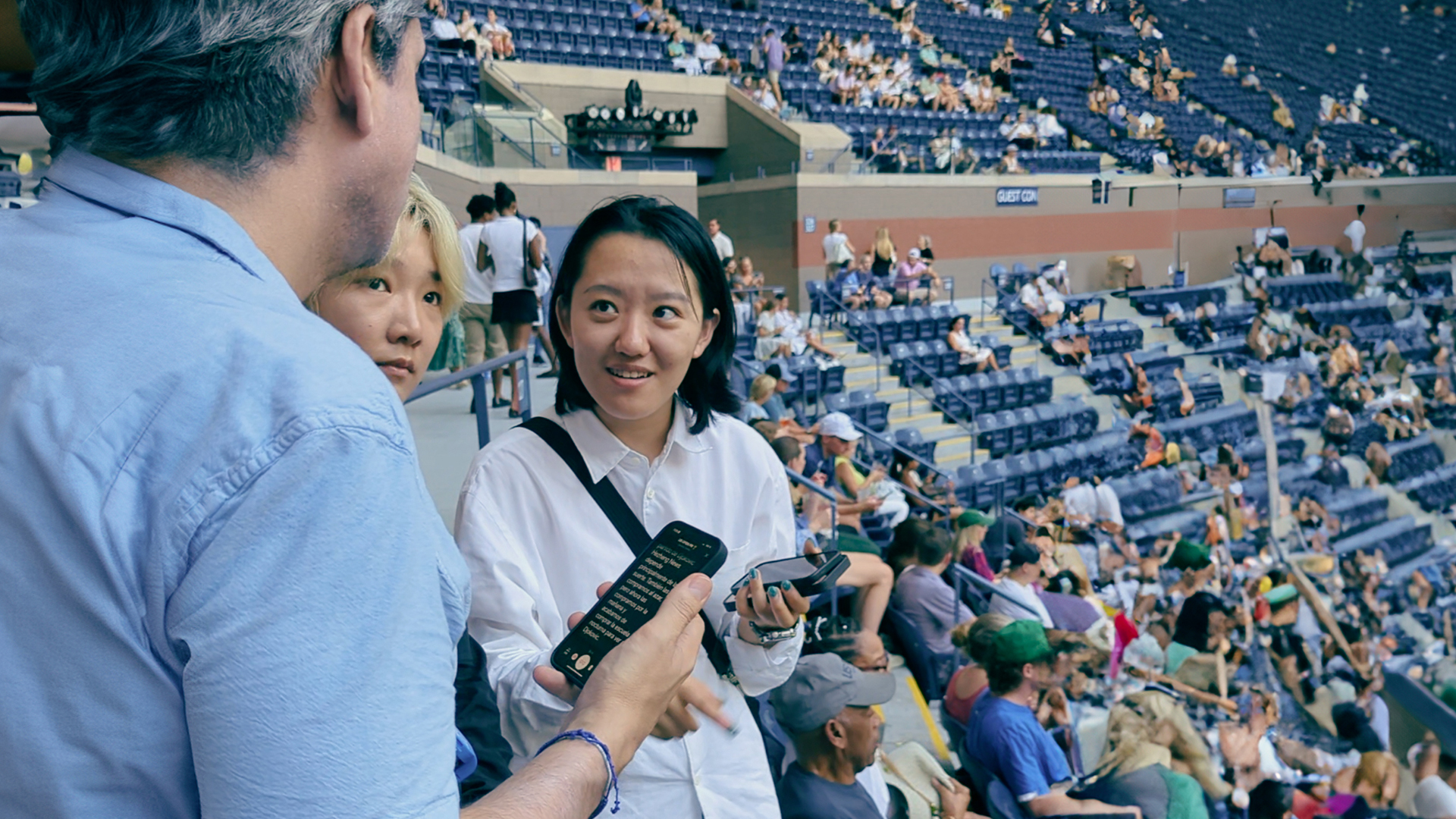
The last word
The Sorenson team said they saw for themselves a significant accessibility gap in sports, even at events that aim to provide accessibility for diverse fans.
The team emphasized that captions benefit not only Deaf and hard-of-hearing audiences but also multilingual speakers, provided they can access captions in their preferred language. They met many non-English speaking fans and say multilingual captioning would make the sporting events “inclusive for a broader audience,” rather than just a tool for deaf communities.
“We’re not just accepting [the] status quo,” Ms. Hursin says. “We want to work in partnership with them .”
A vision for accessibility in sports
The vision for sports is accessible. By integrating language accessibility, the sports entertainment industry can offer multilingual, Deaf and hard-of-hearing fans a prime seat for the thrill and camaraderie of sporting events — and watch inclusion pay off.
Catering to a multilingual audience reaps economic benefits through increased attendance: higher ticket and merchandise sales (including concessions).
Language accessibility benefits also extend to staff, players, and officials through clear communication with customers and teammates.
We encourage sports venues and organizations to prioritize accessibility in their operations. Reach out to accessibility professionals, invest in staff training and technology, and, most of all, listen to audience feedback.
Ready to start implementing language accessibility for your sports events? Request a meeting with Sorenson’s consultant team today to discuss your needs to make your sports events accessible and inclusive.

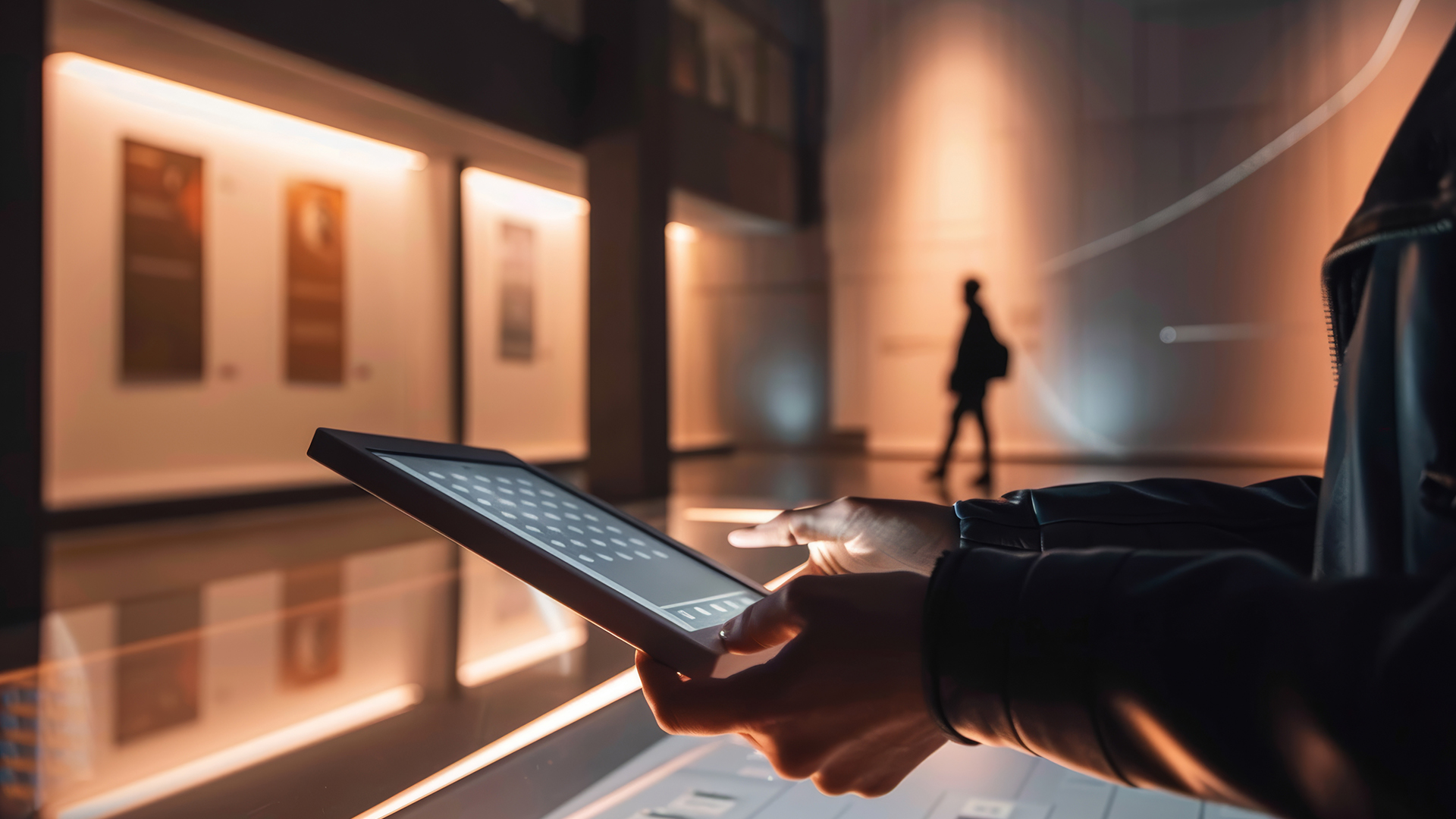
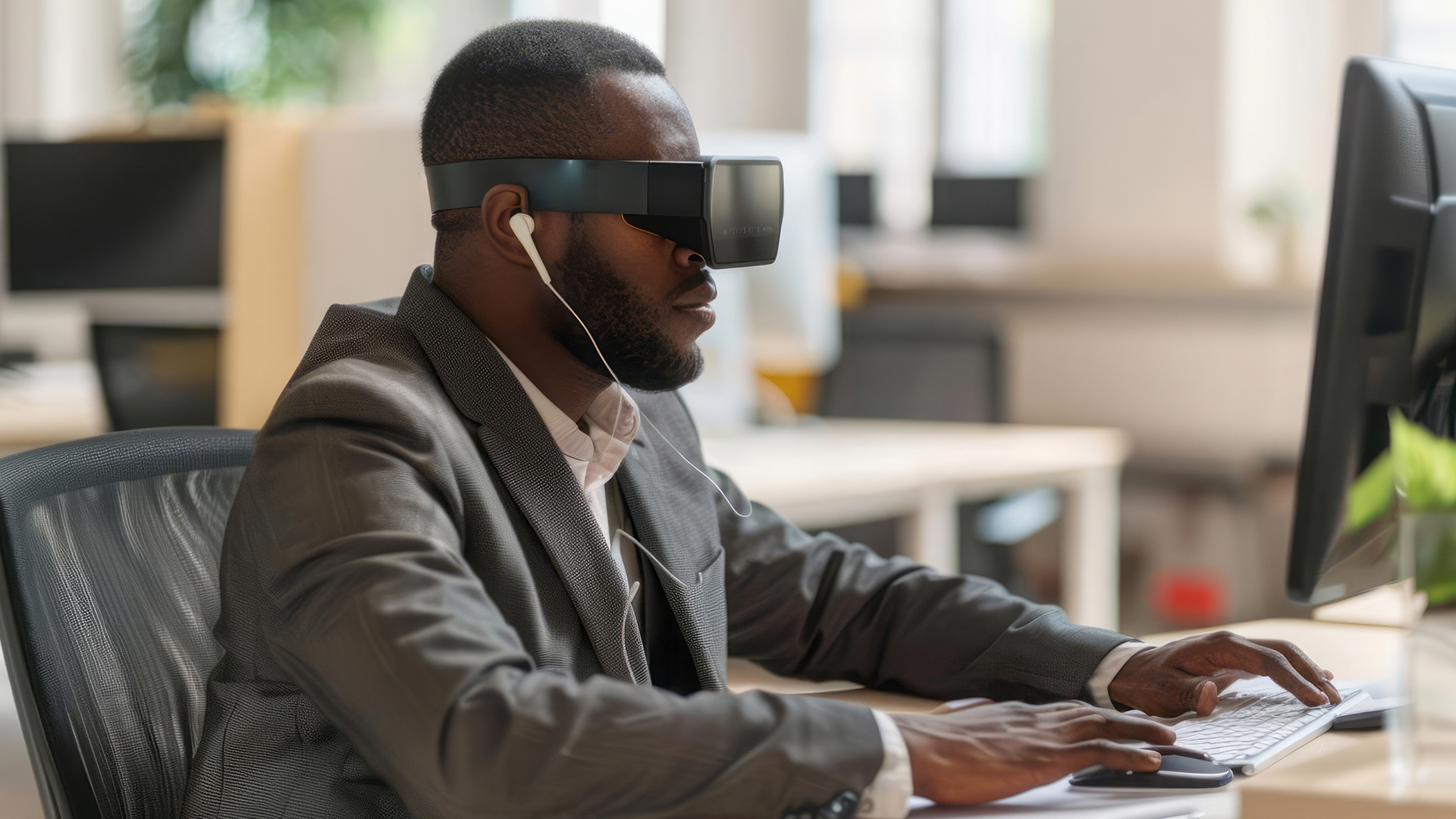


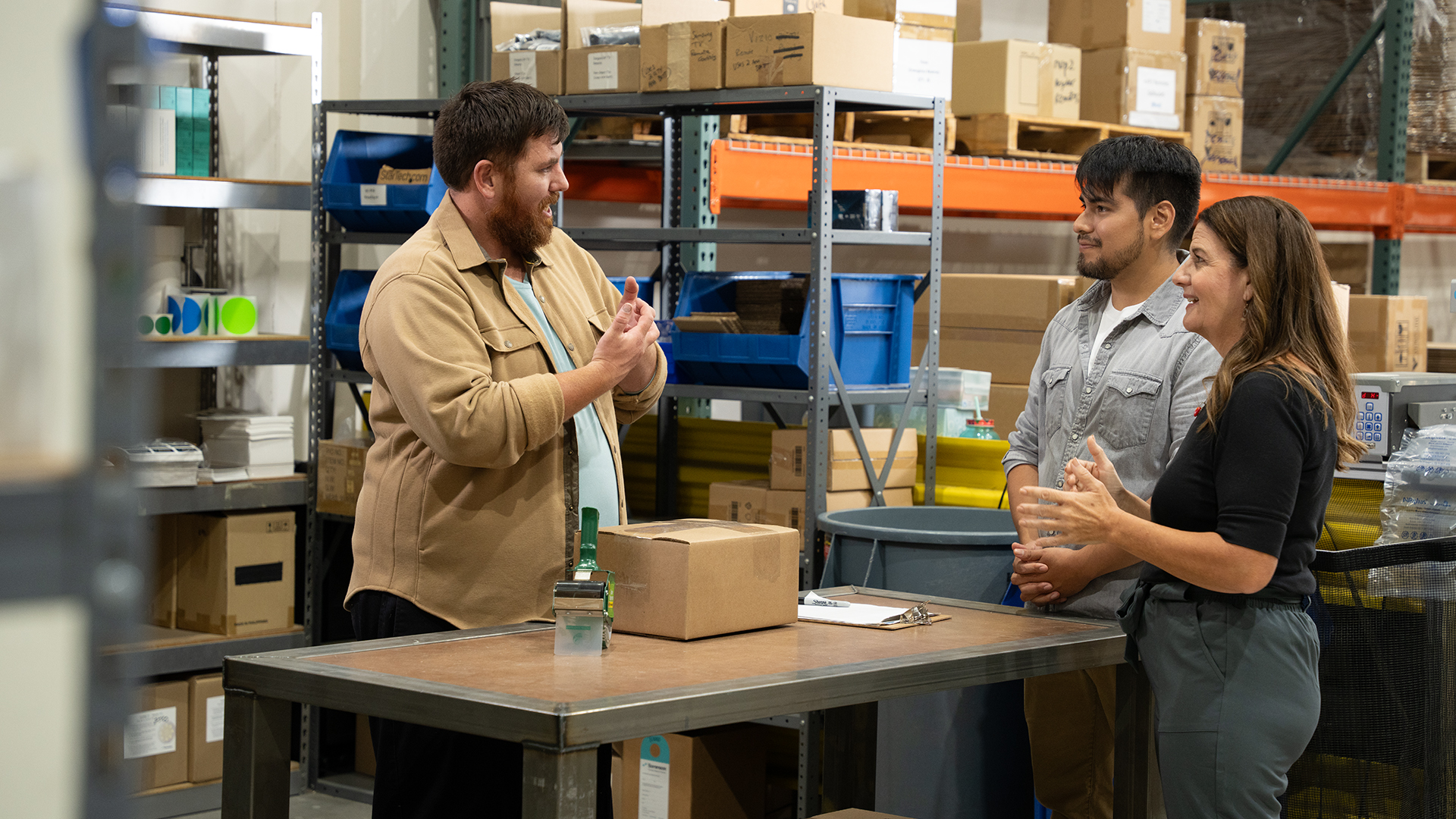

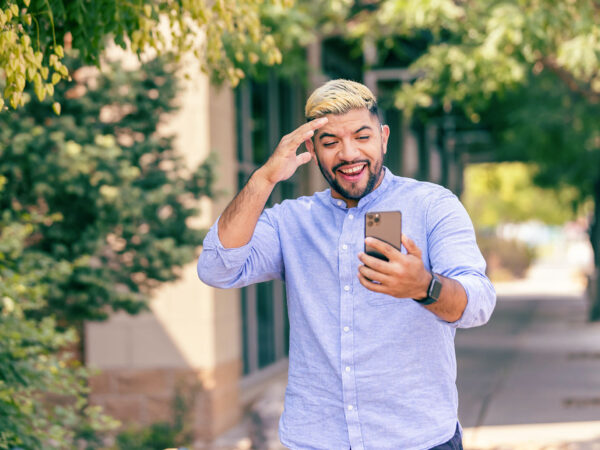





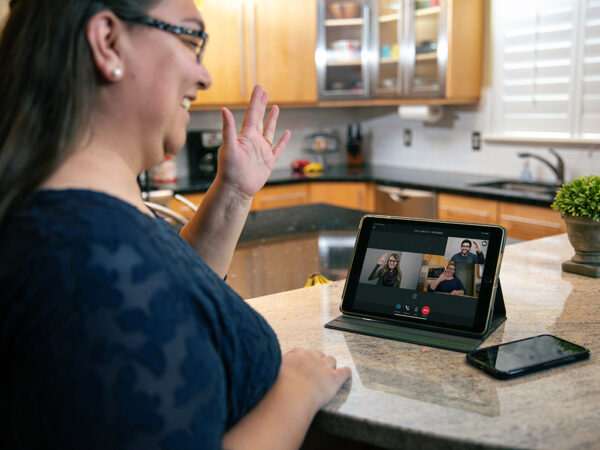

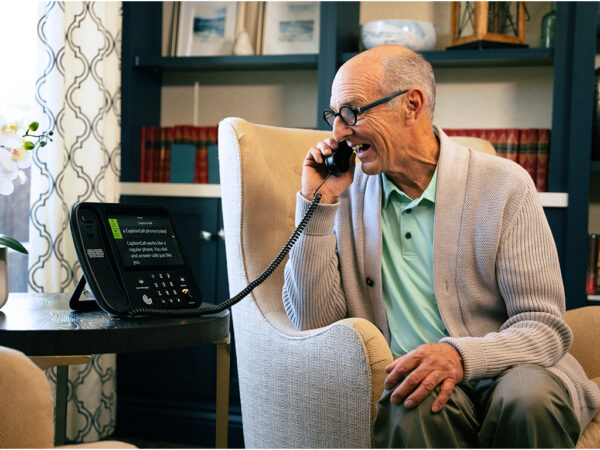



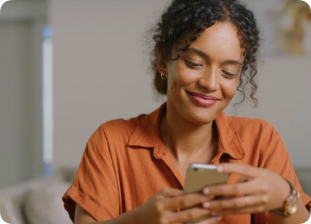

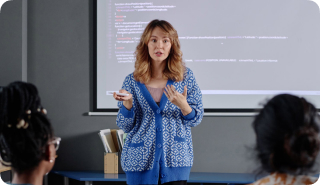
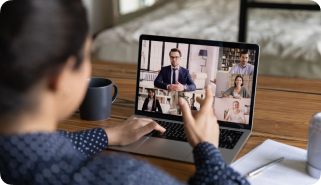
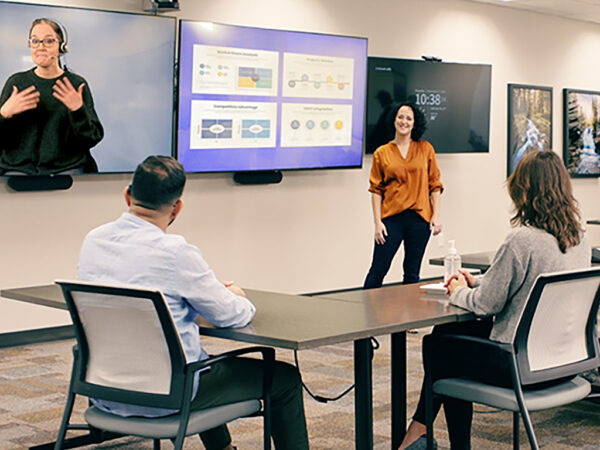


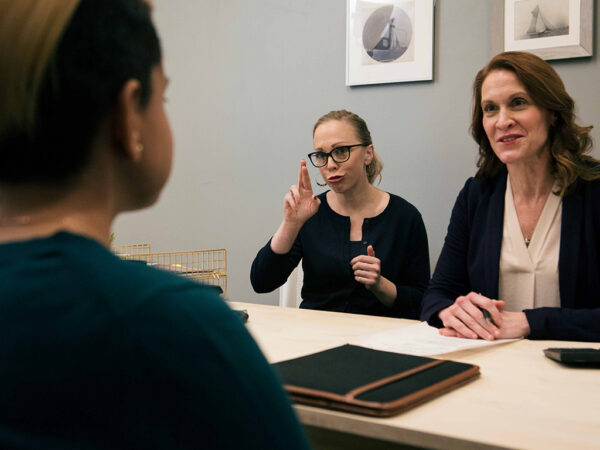

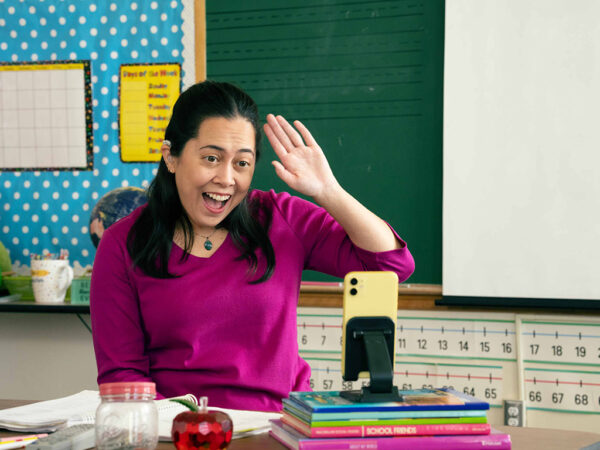

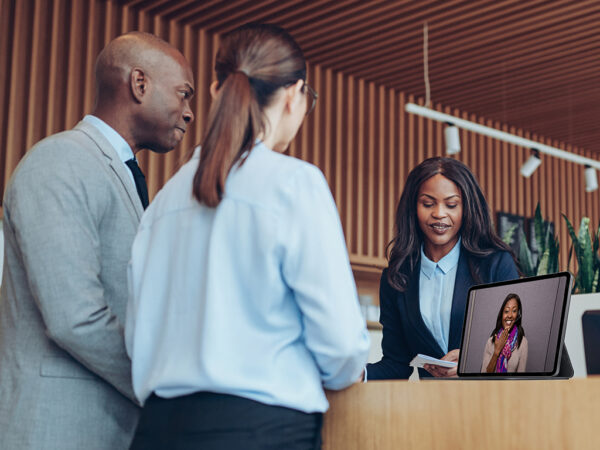
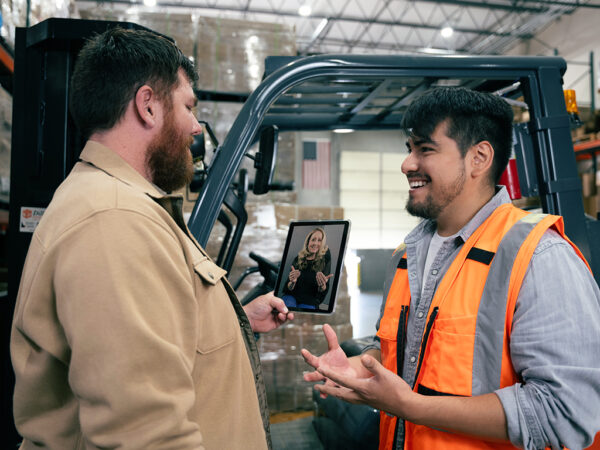
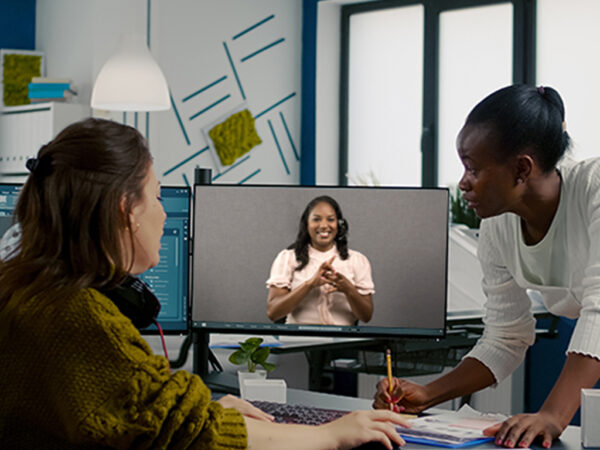
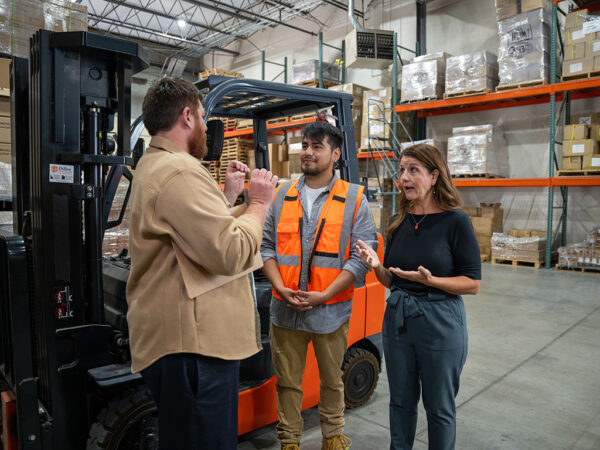


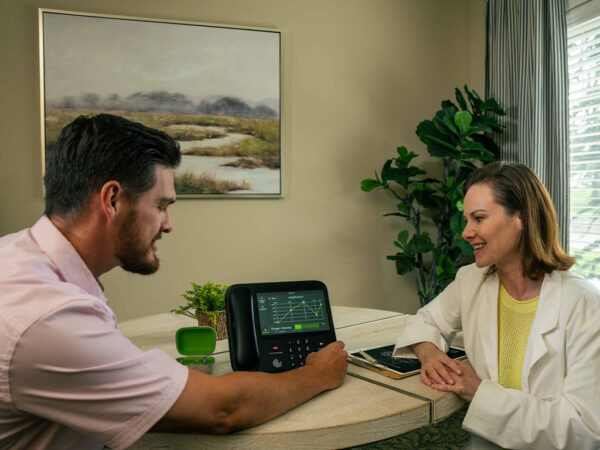

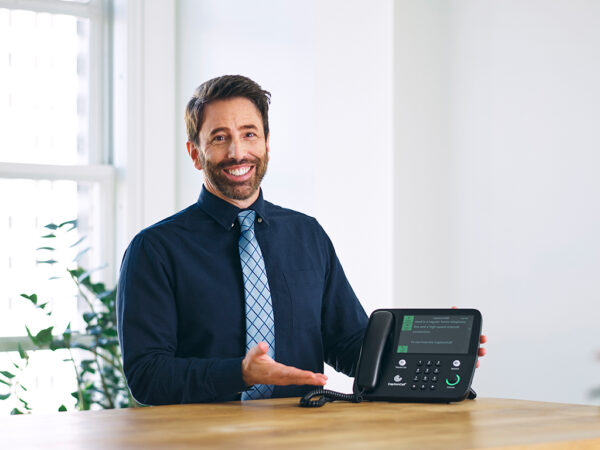
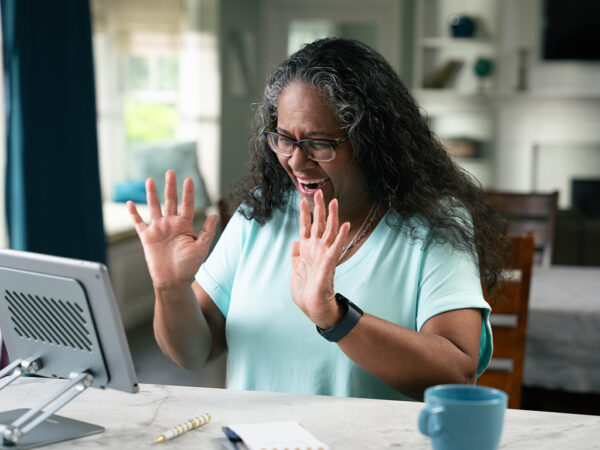
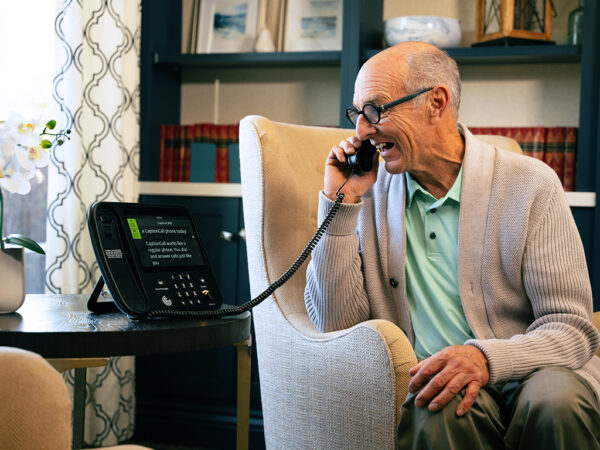

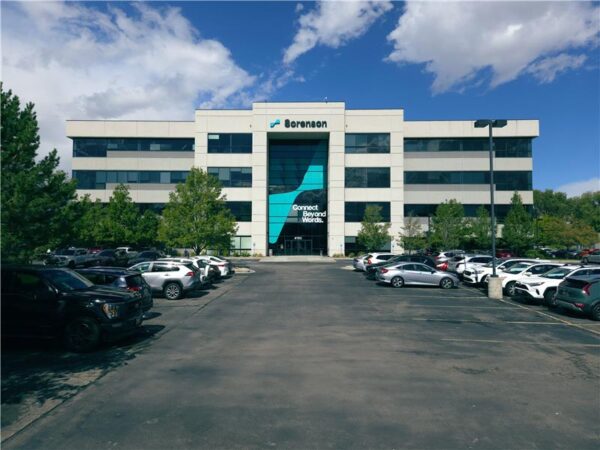

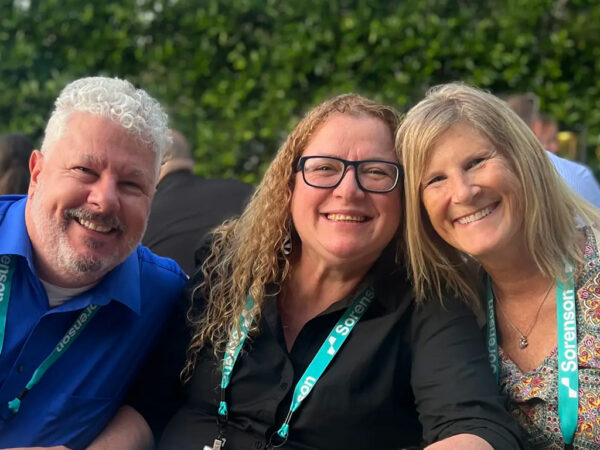
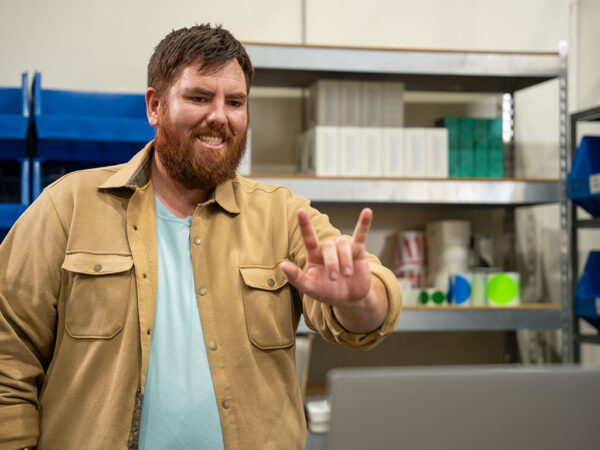

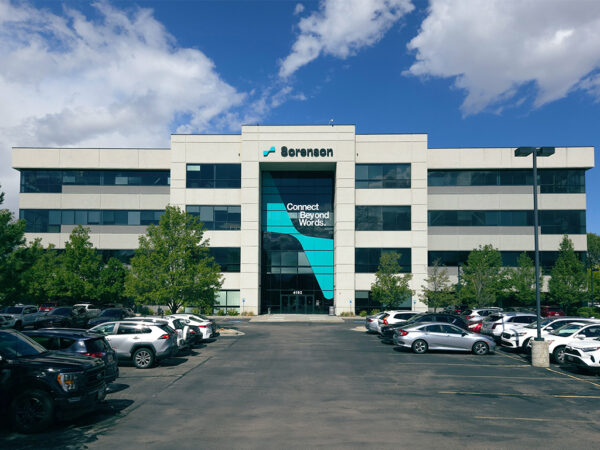
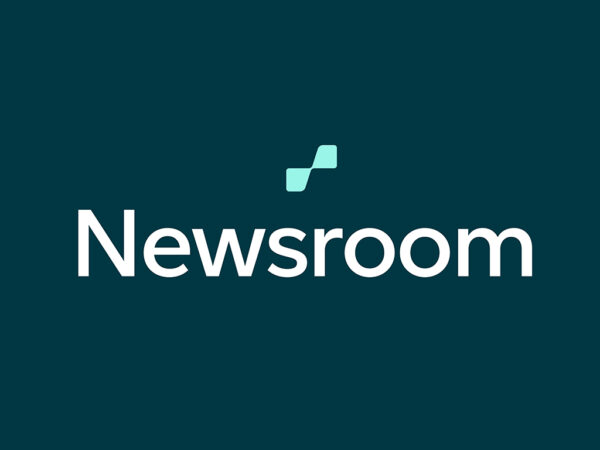
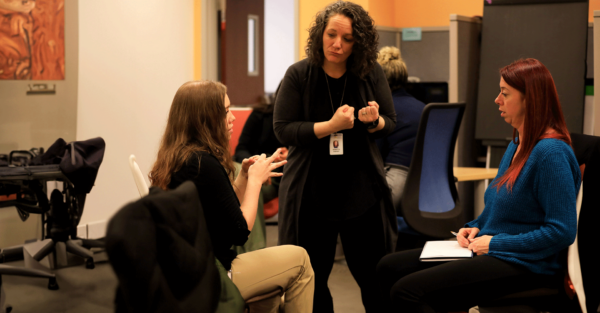
 As the U.S. senior population climbs, so does hearing loss. More than 30% of seniors 65 and older experience hearing loss, reaching 40% for those 75 and older.1 A sudden or gradual hearing loss can be a jarring experience for seniors already dealing with health or community issues.
As the U.S. senior population climbs, so does hearing loss. More than 30% of seniors 65 and older experience hearing loss, reaching 40% for those 75 and older.1 A sudden or gradual hearing loss can be a jarring experience for seniors already dealing with health or community issues.